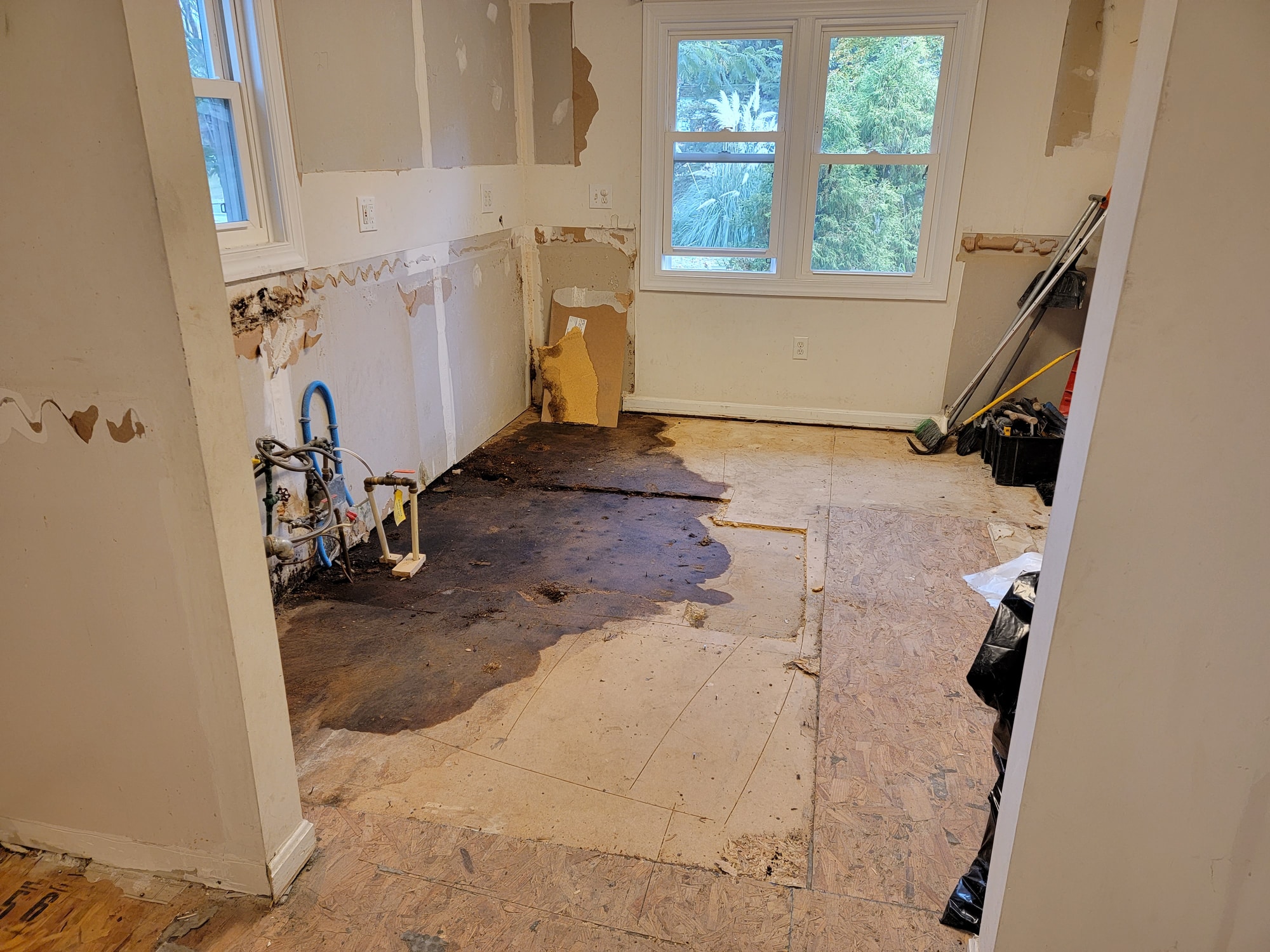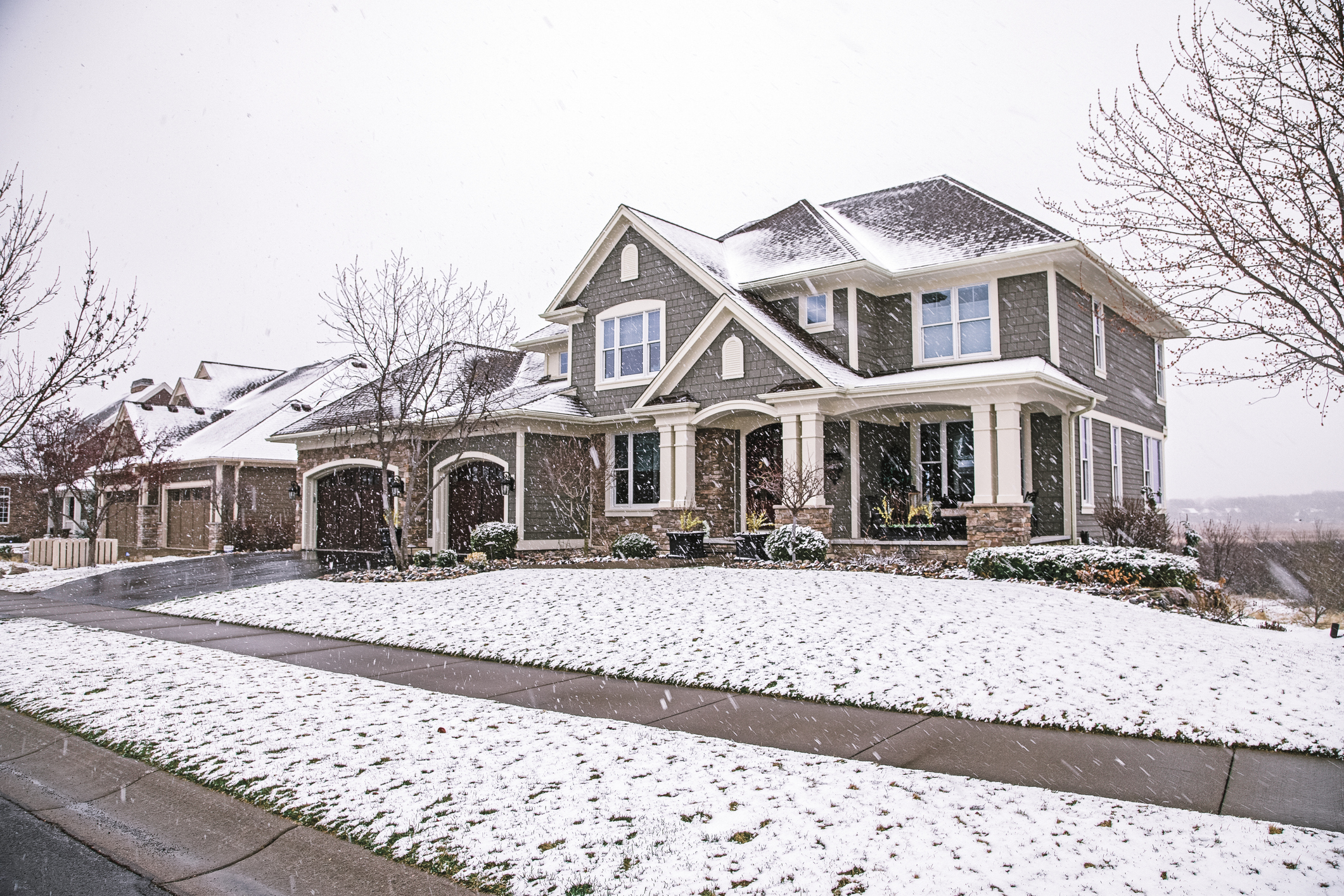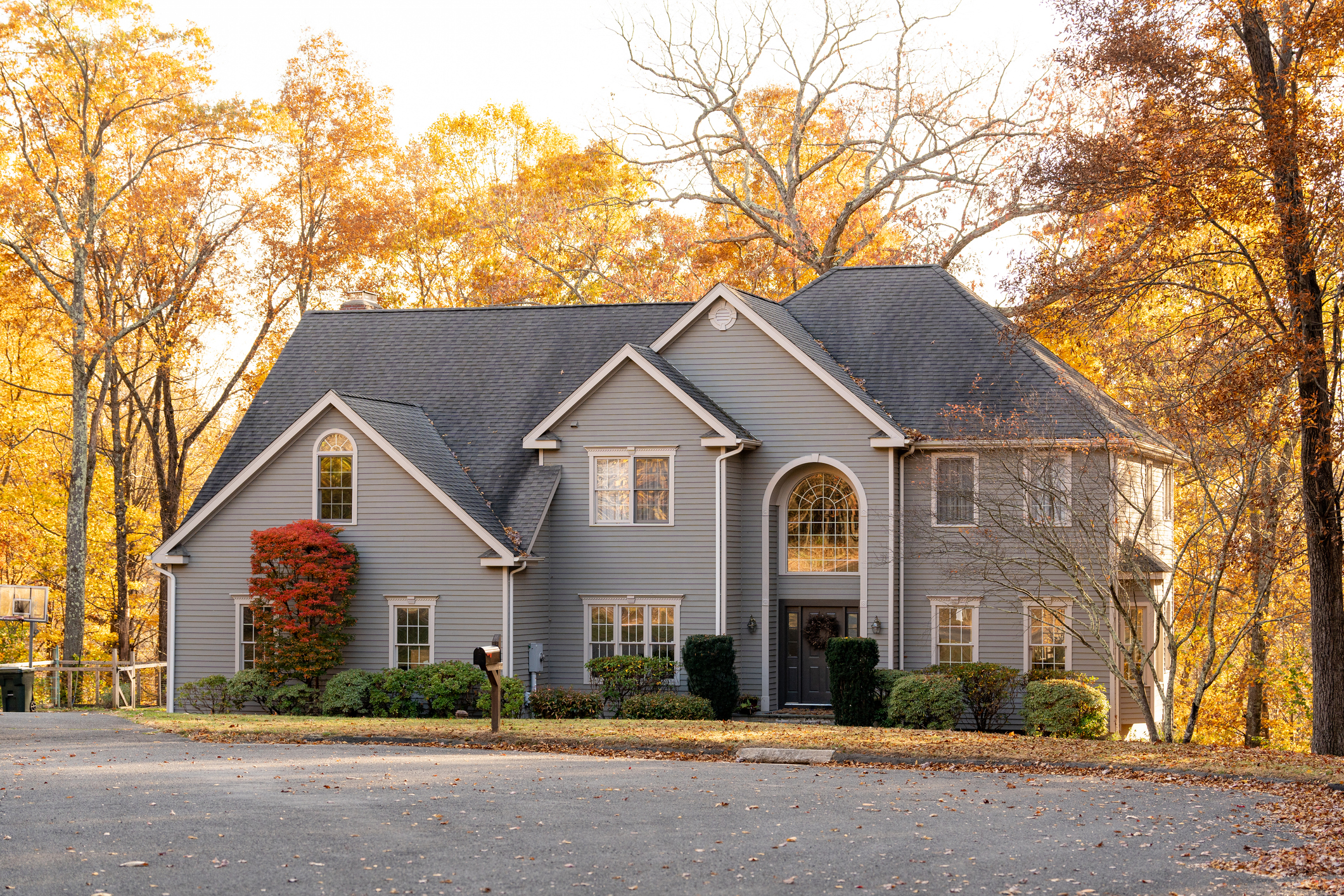Types of Storm Damage
Storms can be powerful and unpredictable. They don’t just bring heavy rain or strong winds—they often cause serious damage to homes, cars, trees, and even power lines. Each storm is different, and the damage it leaves behind depends on how strong it is and what kind of storm it is. In this blog, we’ll explain the most common types of storm damage in simple terms. These are things that once you’ve mastered the more you can anticipate problems before they are bigger issues and be more prepared next time.

Wind Damage
Wind is likely the most damaging feature of a storm. From storm-damaging winds from a thunderstorm, hurricane, or tornado, extreme winds can destroy neighborhoods in a matter of minutes. More powerful winds will strip roof shingles, shatter windows, and knock heavy things like trash cans, patio furniture, and tree branches off and airborne. They are worse than the wind. Roofs are especially vulnerable. Swept-off shingles allow rain to enter, and leaks and other problems follow.
Wind can also peel siding, rip up fences, and drop satellite dishes or antennas. It can break large branches off large trees in the vicinity or even uproot the tree. It can destroy gargantuan quantities of your property and clog roadways or drop power lines too.
Rain and Flood Damage
Rain is common during storms, but when it falls in large amounts, it can lead to flooding. Flood damage happens when water collects faster than it can drain away. If your home is in a low-lying area or if the drainage system around your house is poor, you’re at a higher risk.
Flood water will saturate ground floors and basements, wet carpets, furniture, and walls. Not only does it ruin your belongings—it even rusts building material. Wood will rot, drywall will collapse, and floors will buckle. And, just to keep on rolling, mold grows in less than 24 hours of water exposure, with resulting health issues and further repair costs.
Hail Damage
Hailstorms are short, but they yield massive amounts of damage in an extremely short duration. Hailstones are little balls of ice that fall from clouds in some storms. They can be no bigger than a pea or as big as a golf ball—and bigger. When they hit hard surfaces, they make holes, shatter objects, or dent them.
Roof shingles and roof tiles are most commonly damaged by hail. The damage would not be seen on the ground, but tiny cracks can lead to leaks in the future. Hail breaks windows, tears siding loose, and dents cars parked on roads. Skylights and outdoor lighting are also vulnerable.
Because hail damage may not be obvious, have your roof inspected after a hail storm, especially if your neighborhood did receive large hailstones. You can recover under your insurance and fix minor issues before they turn into large repairs if you notice them early.
Lightning Damage
Lightning is yet another hazard that occurs with storms. A lightning bolt carries a lot of heat and energy within it. When it does hit, it will incinerate things, destroy electronic devices, or injure humans. Although it doesn’t appear to occur very much, houses and buildings get hit more than humans realize.
When lightning strikes the house, it will travel through pipes and wiring. The amount of electricity in one burst contained in lightning will burn or damage products like televisions, computers, and household appliances. Lightning can also catch wiring on fire in walls.
Trees may also be damaged. A tree struck by lightning will shatter, burn, or disintegrate. If your home is nearby, the damage is ghastly. Surge protectors reduce appliance damage, but during severe thunderstorms, unplug appliances and remain indoors.
Tornado Damage
Tornadoes are most destructive of all the forces of nature. Tornadoes form rapidly and can level a complete block in a few minutes. Tornadoes produce extremely powerful winds that can lift vehicles, knock down buildings, and carry enormous blocks of material miles.
The damage caused by a tornado is tremendous. Roofs are torn away, walls knocked down, or even homes destroyed. Cars are overturned, and trees are normally uprooted or separated into two. Power lines are cut, leading to power loss throughout whole communities.
Hurricane Damage
Hurricanes draw all types of storm damage into one intense event. Hurricanes are longer-lasting than tornadoes and impact much larger areas. A hurricane has strong winds, heavy rain, and a storm surge—a sea-level rise that pushes water onshore.
These all add up to constitute a list of problems. Wind will batter roofs, windows, and buildings. Rain will inundate. The storm surge crests coastal communities and can sweep houses, vehicles, and roads out to sea. Power will not be on for days following a hurricane, and there will be no drinking water.
Even if your home survives the immediate storm, subsequent water damage can devastate floors, walls, and belongings. Mold will flourish quickly, and unsafe conditions can render it impossible to go home. That’s why preparation is so important when a hurricane strikes—board windows, move valuables upstairs or to higher ground, and follow evacuation instructions if needed.
Snow and Ice Storm Damage
Winter storms do not appear as threatening as a tornado or hurricane but are severe. Snow and ice pile up on roofs and buckle or collapse them. Ice dams develop along rooflines and trap melted snow from draining. That water seeps into the house.
Frozen temperatures will also cause pipes to burst. Water expands when it freezes and pushes against your pipes. Your pipe will burst and flood your home with water in a gush if it happens. Road ice is dangerous, and falling branches on trees destroy roofs, vehicles, and power lines.
Winter storms are the least noisy type—winter storms build up quietly. Maintaining your home to be warm, your roof snow-free, and pipes insulated can restrict winter storm problems.
Tree Damage
Trees provide our gardens with a wonderful appearance, yet they are a very severe storm hazard. Too much snow or heavy wind or lightning will break massive branches or topple trees. Then they will hit roofs, vehicles, or power cables.
A falling tree may destroy half of your house and injure you. Even if the tree won’t fall, its overhanging branches sooner or later cause damages. Rotting and rootless trees will fall during storms, especially after the ground has been softened with a heavy downpour.
Well worth every cent to prune your trees regularly and chop down those that are ill or overrunning too much onto your property. Monitoring them before the storm season is one of the best ways of preventing tree damage.
Power Outages
Storms have a tendency to knock down power cables and thus cause outages which could last anywhere from a few hours to a few days. While a blackout is technically not damage, it can cause plenty of problems in your house. Your food will spoil in your refrigerator. Your heating and cooling systems might not work anymore, something that can be dangerous with severe weather. You can even lose lighting, internet, and water if your system has electric pumps.
Security systems do lose power, and if medical devices are something you require, a loss of power is catastrophic. Flashlight, battery radio, and generators are wonderful items to have in place during power outages.
Preparation is nothing less than revolutionary. Have spare supplies at home so that you are ready for the next power outage.
How to Recover from Flood and Storm Damage
Being significantly affected by flood and storm damage can be financially and emotionally devastating. If you ever find yourself at the mercy of Mother Nature, don’t panic. Contact the experts, evaluate the damage, and let the healing process begin.
Excellent round-the-clock water restoration services like 24hr Flood Pros can immediately assist you in your time of need. With an immediate response time and a scalable team of highly-skilled experts, widespread storm damage is easily managed. Their precise strategies of preparation and repair differentiate the types of flood and storm damage to best assess your damage situation and restore your normal life in no time.




